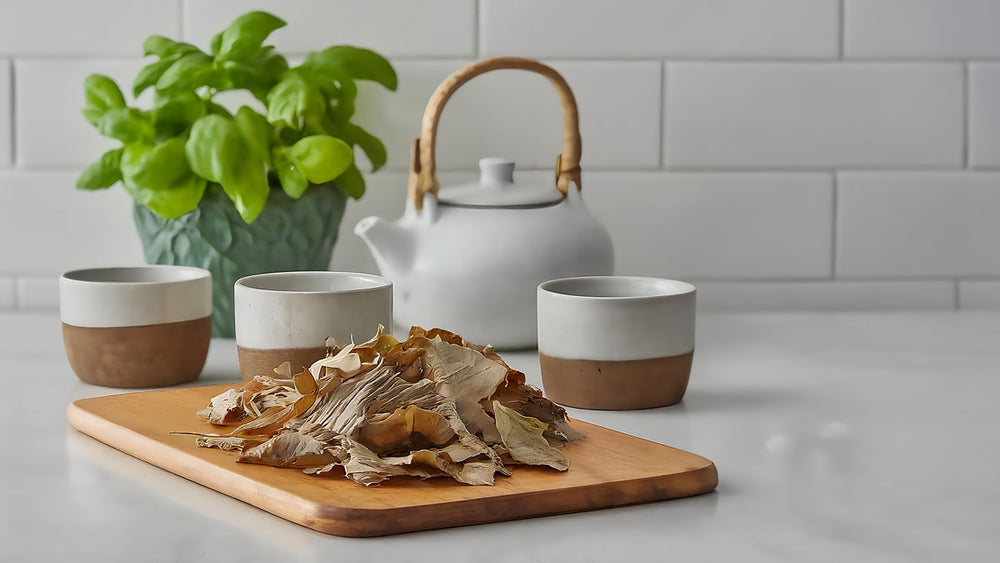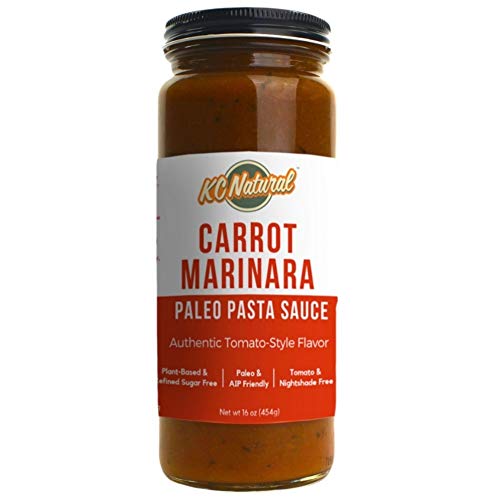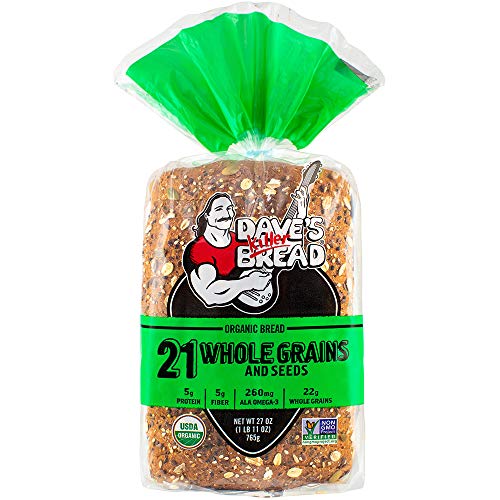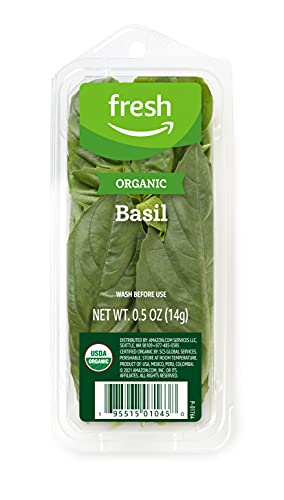The Benefits of Slippery Elm: Exploring Its Medicinal Properties
Although well-known in digestive health circles and among alternative medicine practitioners, slippery elm is not on the average consumer's radar. A member of the elm tree family, slippery elm (Ulmus rubra) is native to the northeastern United States and eastern Canada. It has a long history of use in Ayurvedic medicine and among the indigenous people of North America in areas where the tree naturally grows. Traditional medicine practitioners applied the inner bark of the slippery elm as a poultice for burns, rashes, and skin abrasions. They also chewed the bark or boiled it in water as a medicine for various ailments.
What Are the Benefits of Consuming Slippery Elm?
Even though the National Institutes of Health’s National Center for Complementary and Integrative Health doesn’t include any information on slippery elm as an alternative health treatment, there are several areas where slippery elm may have a positive effect.
- Throat irritation: Indigenous people in North America were known to treat coughs and sore throats with slippery elm. In fact, this is still one of the top uses for the herb today; it’s often featured as an ingredient in products for throat irritation.
- Gut health: Ayurvedic medicine values slippery elm for its gastrointestinal effects. In vitro research indicates it has prebiotic effects that can modify the gut microbiome, enhancing the barrier function of the intestine and perhaps exerting anti-inflammatory effects on mucus membranes. There are ample anecdotal reports of positive GI impacts from slippery elm use, but there haven’t been many scientific studies that back up the claim.
- Digestive diseases and conditions: A 2010 Australian study on two types of IBS examined powdered slippery elm bark in combination with a few other ingredients in two different formulations. The researchers found that the slippery elm formulations improved some bowel-related symptoms in people with certain types of IBS, but they indicated the need for much more research. Overall, investigations into digestive disease benefits from slippery elm have yielded mixed results.
The Role of Mucilage in Slippery Elm’s Therapeutic Properties
The “slippery” part of its name refers to the fibrous component of the underside of the tree’s bark, called mucilage. When combined with water, the mucilage makes a slick gel, which is why slippery elm is useful for topical treatments. It also can enhance the mucus coating on membranes in the throat and down into the gastrointestinal (GI) tract. In other words, it is a demulcent herb.
Does Slippery Elm Help with Acid Reflux?
Given its ability to protect mucus membranes from irritation, it’s not a big stretch to presume it may protect the esophagus from acid reflux irritation. There is, however, a distinct lack of research to back this up. A 2022 review of fibers, herbs, and botanicals on upper GI conditions, including acid reflux, concludes that there is not enough data from which to draw any conclusions about slippery elm’s efficacy in decreasing acid reflux or GERD. That said, you may still want to try it for yourself, in which case it pays to let your physician know beforehand—just in case it may be contraindicated for you.
Incorporating Slippery Elm into Your Diet: Various Forms and Usage
Slippery elm is available for oral consumption in several forms:
- Tea
- Tincture/extract
- Capsules/tablets
- Powder
- Lozenges
The two most common ways to consume slippery elm are as a tea or a powder that you can use in recipes or mix with liquids. Recipes for slippery elm tea are abundant on the internet, but food recipes using it are less prevalent. Adding the powder to liquids or, for acid reflux, slippery elm tea or an extract is suggested. You can mix the extract into a liquid and drink it. Be aware that if you combine the powder form of slippery elm into liquid, it could become dense and hard to swallow, depending on how much you use. Read the product label for suggestions on how to ingest any form of slippery elm supplement. A tea or lozenge is suggested for upper respiratory issues like cough, laryngitis, and sore throat.
Does Slippery Elm Have Any Side Effects?
In general, there are no reported side effects of consuming slippery elm, nor is it known to cause an interaction with foods. Keep in mind that the U.S. Food and Drug Administration does not regulate supplements, so the strength of slippery elm supplements will vary. Always read the label of the slippery elm product you are taking, and don’t take more than the recommended dose. (Check out our tips on selecting supplements.)
Given its mucus-producing abilities, there’s a chance that slippery elm, at the same time as other medications, may decrease the absorption of effectiveness of your medication. For that reason, it’s recommended that you take slippery elm at least an hour after taking any medication. Also, avoid slippery elm if you are pregnant or breastfeeding, and always consult a pediatrician before giving a child any herbal remedy or medicine.
Final Considerations for Safely Navigating Slippery Elm’s Potential Benefits and Risks
Slippery elm, with its rich history and diverse applications, offers potential benefits for throat irritation, gut health, and digestive conditions. While research on its efficacy is ongoing, incorporating slippery elm into your diet in various forms may provide relief for certain ailments. However, it's essential to remain cautious of potential side effects and interactions, particularly in conjunction with other medications. As with any herbal remedy, consulting with a healthcare professional is advisable to ensure safe and effective use.
- Hawrelak, J. A., & Myers, S. P. (2010). Effects of two natural medicine formulations on irritable bowel syndrome symptoms: a pilot study. Journal of alternative and complementary medicine, 16(10), 1065–1071.
- Joo Y. E. (2014). Natural product-derived drugs for the treatment of inflammatory bowel diseases. Intestinal research, 12(2), 103–109.
- National Library of Medicine. (2021, August). Slippery Elm. National Institutes of Health. Retrieved January 23, 2024.
- Peterson, C. T., Sharma, V., Uchitel, S., Denniston, K., Chopra, D., Mills, P. J., & Peterson, S. N. (2018). Prebiotic potential of herbal medicines used in digestive health and disease. Journal of alternative and complementary medicine, 24(7), 656–665.
- Romm, A., Ganora, L., Hoffmann, D., Yarnell, E., Abascal, K., Coven, M. (2010). Chapter 3 - Fundamental principles of herbal medicine. Botanical Medicine for Women’s Health, Churchill Livingstone, pp 24-74.
- Schulz, R. M., Ahuja, N. K., & Slavin, J. L. (2022). Effectiveness of Nutritional Ingredients on Upper Gastrointestinal Conditions and Symptoms: A Narrative Review. Nutrients, 14(3), 672.
- Slippery Elm. Indigenous Peoples’ Perspective Project, Adkins Arboretum. (n.d.) Retrieved January 24, 2024.
- Watts, C., Rousseau, B. (2012). Slippery elm, its biochemistry, and use as a complementary and alternative treatment for laryngeal irritation. Journal of investigational biochemistry, 1(1), 17-23.






















Comments
Join The Conversation...